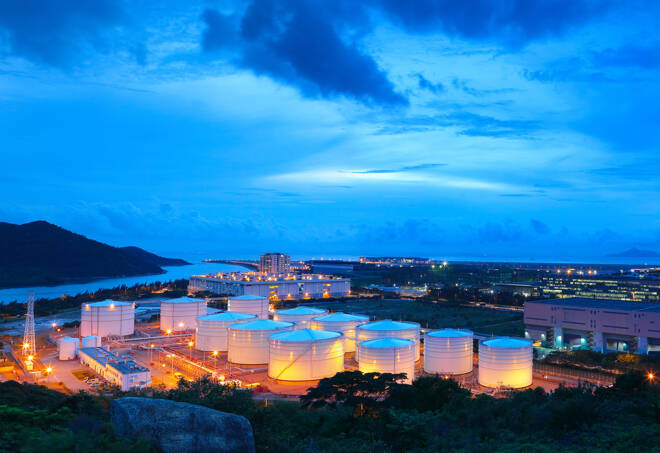Advertisement
Advertisement
Is Europe’s Cross-border Infrastructure Prepared for Handling More Regasified Lng?
By:
April 2022 saw the second largest monthly number of LNG cargoes delivered to the European terminals, with the continent’s top three importers having received a record total of 6.8 million tons.
A substantial increase in imports to the UK, Spain and France has not only provided more volumes to the three countries’ market areas, but also brought much-needed relief to a stretched regional market.
LNG Importers Have Enough Volumes to Share
For many months now, Europe has remained the most attractive destination for spot LNG marketed by producers and trading companies. And this past month was no exception. In April 2022, the total daily average send-out from three British, six Spanish and four French regas facilities increased by about 30pc as compared to the similar period in 2019-2021.
Higher LNG imports drove wider discounts for the prompt products at NBP, PVB and PEG to the neighbouring markets. For instance, the spread between the German day-ahead contract and its French counterpart averaged €11.5/MWh in April versus just over €3/MWh in March. The corresponding NBP product was assessed approximately €30/MWh below the TTF equivalent last month, while in March the price difference between the hubs did not exceed €4.5/MWh on average.
Naturally, this created more export opportunities for shippers active on the LNG receiving markets, which is particularly evident in the UK. Between 1 and 29 April, net exports via the Interconnector and BBL pipelines averaged 65 mcm/d compared with 20 mcm/d in the period from January to March 2022. Had the unplanned maintenance begun on the Interconnector in late April, last month’s flows from the UK to Belgium and the Netherlands might have been even higher.
The influx of LNG supply to Europe could not have come at a better time, given the traditionally volatile weather conditions during the shoulder period and the necessity to fill the region’s low gas stocks.
Limited Infrastructure
At the same time, strong LNG arrivals have highlighted the importance of having adequate cross-border capacity so that volumes are effectively allocated between market areas. Bacton exit capacity limitations and the inability of the Obergailbach-Medelsheim border point and VIP Pirineos to accommodate large flows are raising questions as to whether Europe is well placed to absorb abundant regasified volumes on a regular basis, especially in case of potential additions to LNG import capacity in France and/or Spain.
As the region becomes more dependent on seaborne cargoes, the role played by the exit points like Bacton or VIP Pirineos within the architecture of European gas market continue to evolve. A few years ago regasified LNG that was transported via many of those cross-border connections just complemented pipeline gas imports. In the new reality, easy and timely access to volumes sent from LNG terminals will increasingly define the sustainability of the whole system.
The opinions expressed in this blog are mine only and do not reflect the views of my employer.
About the Author
Yakov Grabarcontributor
Yakov has been dealing with the analysis of global energy market, especially the developments in Europe, during last six years. Before joining Gazprom Export, the export arm of Gazprom, he managed the ‘World Oil Review’ weekly report in Moscow office of Argus Media. As the energy market analyst at Gazprom Export, Yakov coordinates the analytical work at the department responsible for developing shorter-term natural gas supplies to Europe via its Electronic Sales Platform.
Advertisement
